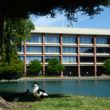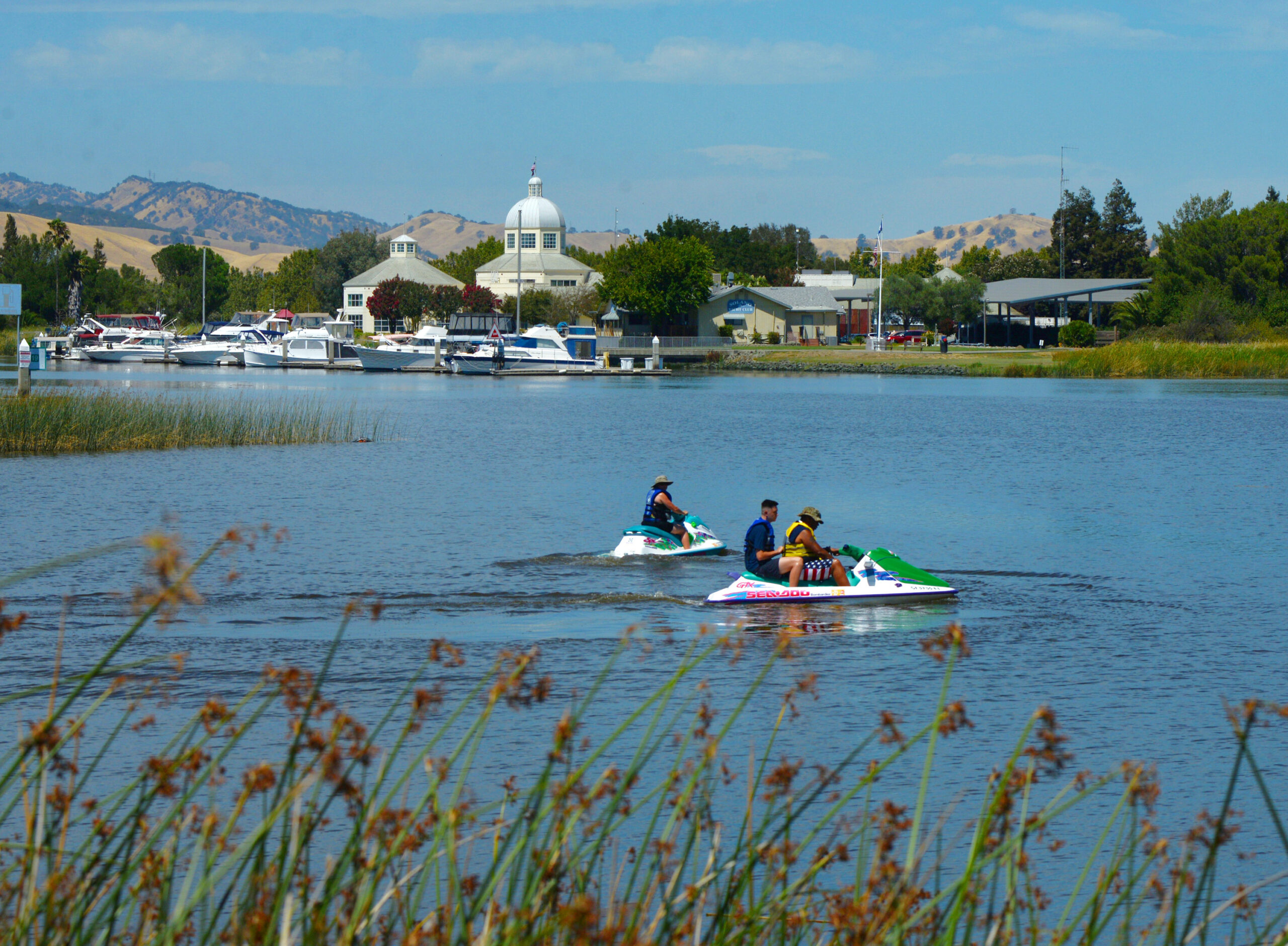FAIRFIELD — Solano County has added about 3,800 people since the decade began, hardly impressive for an area that was once a growth juggernaut.
Those people came to the county between 2010 and 2014. At this rate, the county will have a hard time matching the 18,802 residents that came between 2000 and 2010.
And that growth between 2000 and 2010 marked the most drastic growth slowdown for any decade since before World War II. Solano County, the suburban backyard of both the Bay Area and Sacramento Area, has seen the Great Recession greatly scale back its home construction.
Such information can be found in a treasure trove of numbers from the Census, the American Community Survey and the state Department of Finance. The numbers paint a statistical picture of a changing county.
To begin with, there’s the county’s total population. Solano County had 424,233 residents as of January. That, given the county has never in its 164-year history had a decade of shrinking population, is a record.
It reached that number in large bites. The county added 54,121 residents in the 1990s. It added 105,218 residents in the 1980s, the most for any decade.
Solano County’s demographic statistics reflect the Great Recession in other ways. The poverty rate grew from 8.3 percent in 2000 to 10.4 percent in 2010, the highest rate since the 1960s. More than 41,000 residents live in poverty.
The population is 51 percent white, 14.7 percent black, 14.6 percent Asian, 0.9 percent native Hawaiian or Pacific Islander, 0.8 percent Native American or Alaska native, 10.5 percent some other race and 7.6 percent two or more races.
But there’s another way to look at the numbers. The census shows 24 percent are Hispanic or Latino of any race and 76 percent are non-Hispanic or Latino. Of the latter population, 40.8 percent are white, 14.2 percent are black, 14.3 percent are Asian, 0.8 percent are native Hawaiian or Pacific Islander,0 .5 percent are Native American, 5.1 percent are two or more races and 0.4 percent are some other race.
The population is 49.9 percent male and 50.1 percent female, a statistical even split. That’s virtually the same for California as a whole.
County residents have an average commute time to work of 29.5 minutes, compared to 26.9 minutes for California. Vehicles are the preferred means of transportation, with 91 percent of commuters traveling in cars, trucks or vans and 76 percent of them driving alone.
The county’s population is aging, with 11.3 percent of residents over age 64. That compares to 9.5 percent in that age group in 2000, 8.2 percent in 1990, 7.5 percent in 1980, 6.7 percent in 1970, 5.9 percent in 1960 and 4.9 percent in 1950.
Local and regional transportation officials have pointed to this aging population when talking about designing neighborhoods with more mass transit options.
The county has about 500 people per square mile, compared to 239.1 for California as a whole. Still, many parts of the state have far denser populations than Solano. San Francisco County has 17,180 people per square mile.
Reach Barry Eberling at 427-6929 or [email protected]. Follow him on Twitter at www.twitter.com/beberlingdr.






